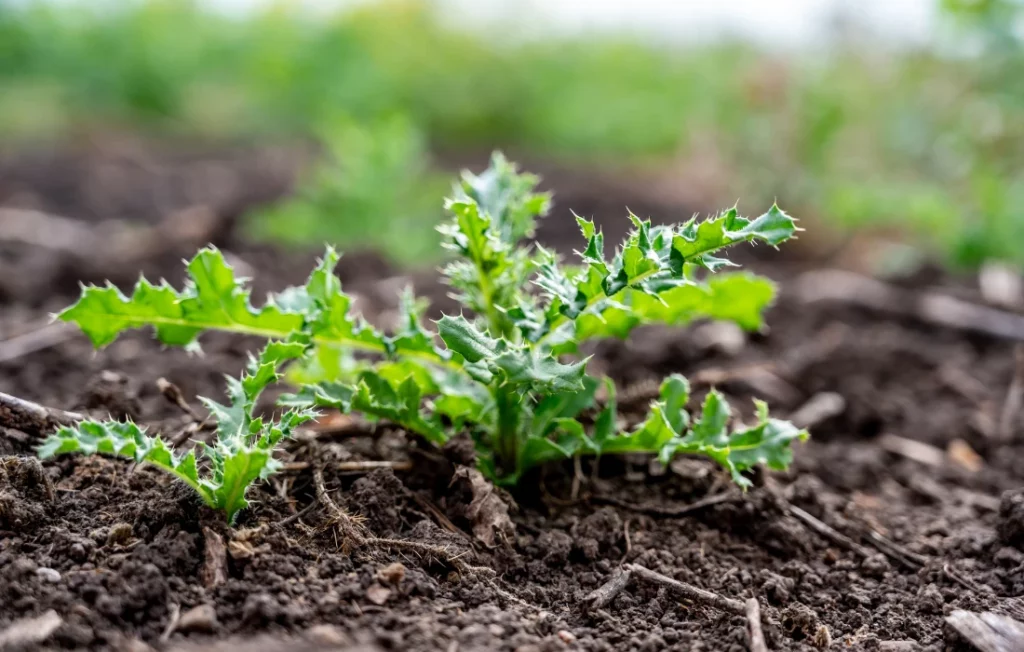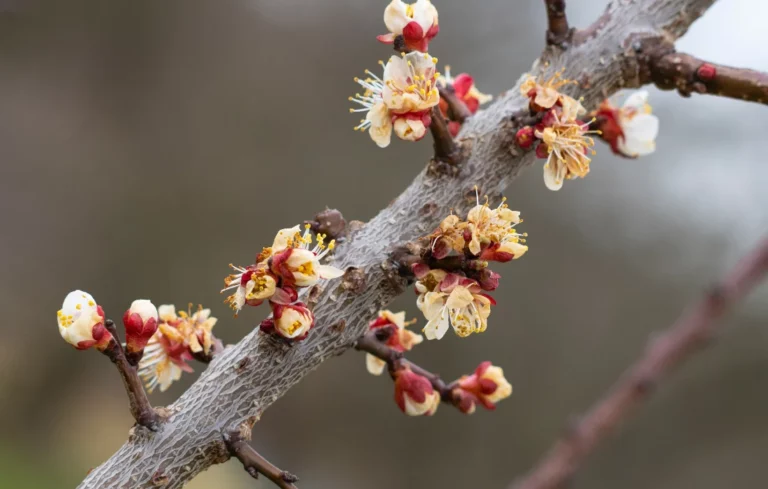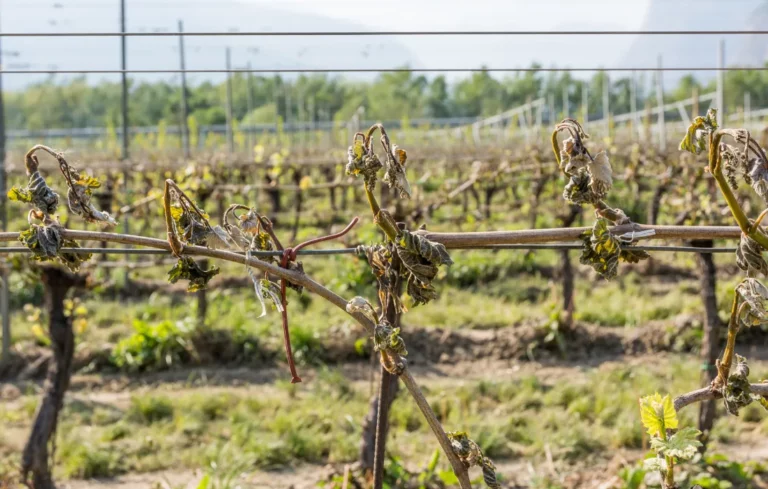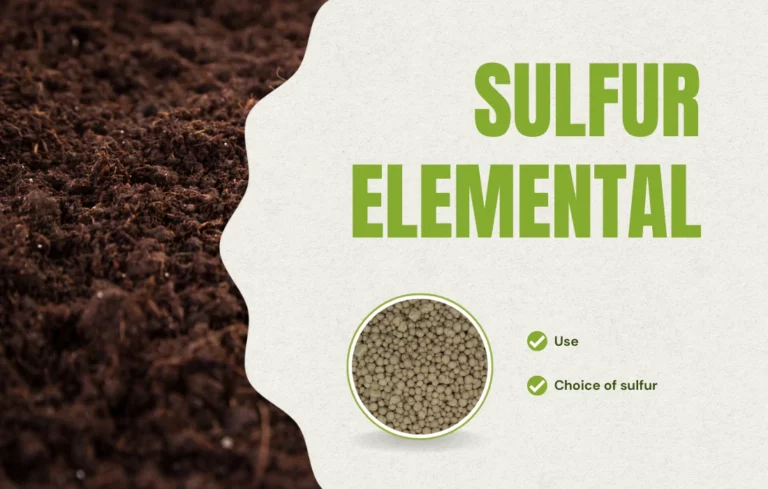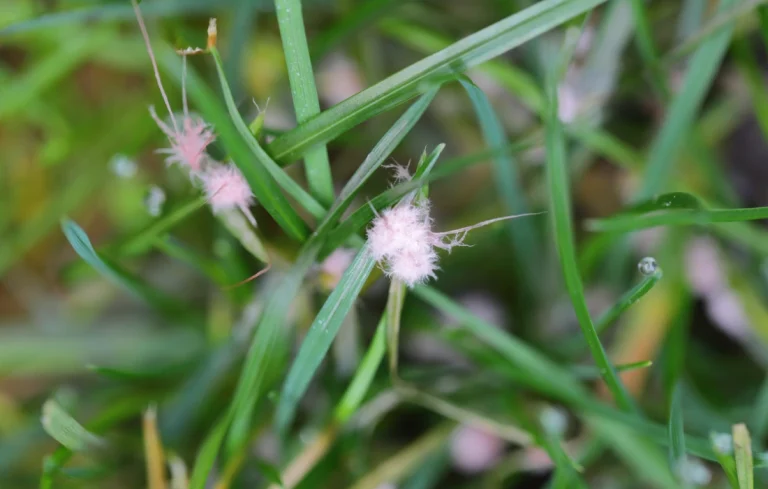Rumex, datura, thistles, bindweed… These so-called “undesirable” plants are often the symptoms of unbalanced soil. Before combating them, it’s essential to understand why they take root. Too much nitrogen, asphyxiated soil, an unbalanced pH… Each species tells us a lot about the state of the soil. In this article, we explain how to read these biological signals and, above all, what solutions to implement to restore a living, balanced soil that’s less welcoming to these invasive weeds.
These “unwanted” plants are generally the cause of soils or cultivation techniques which are favorable to their development.
There are 3 types of plants:
- Those which serve as an indicator of microbial life in the soil
- Those that indicate excess
- Those that indicate a deficiency
→ Datura / Rumex / Thistle / Bindweed … similar causes
( Encyclopedia of bio-indicator plants by G. Ducerf )

Indicator characters:
- Rumex: Asphyxiated soils, often with organic matter and excess water – Soils with a destructured CAH which can cause livestock poisoning with Al, Fe, nitrites
- Datura: Soil pollution (fertilizers, phytosanitary products, slurry), soil salinization (excess irrigation) – Compacted soils not functioning properly with low microbial activity.
- Thistle: Asphyxiated soils, saturation of the CAH by excess organic matter or nitrogen – On soils with high pH: blocking of phosphorus
The thistle rises to restructure compacted soil and draw from deep down the leached calcium, nitrate and sulfur - Bindweed: Compacted soils, saturation of the CAH by excess nitrogen (excess organic matter or ammonium nitrate) – Nitratophilous plant
Our solutions against these unwanted plants
Promote the action of microorganisms in order to “depollute”
Oxygenate the soil, promote the humification process as well as mineralization
Improvement of soil/plant exchanges (CEC)
SILIBOOST: Maintains living soil
Rebalancing of soils & removal of unwanted plants
3-year program:
- SILIBOOST sprayed at 250g/ha in autumn + 250g to 300g/ha in spring (Ideally split 2 x 150g/ha)
NB: Possibility of incorporating SILIBOOST into the slurry spreader at the start of filling (dose/ha same as spraying) - Or SILIPELLET spreading between 10 to 12 kg/ha in autumn and 10 to 12 kg/ha in spring
Delimbe or Spando (equipped with DPA box)
SOUFREL : Sols à pH basique
Soufrel : soufre élémentaire naturel qui permet de baisser les pH des sols
En pH légèrement acide les microorganismes peuvent assurer leur rôle essentiel & fondamental (pH idéal 6 à 6,8)
- Pour baisser le pH de 1 point : épandre au semoir à engrais de 350 kg à 1000 kg/ha selon le type de sol
Photo : Shutterstock

